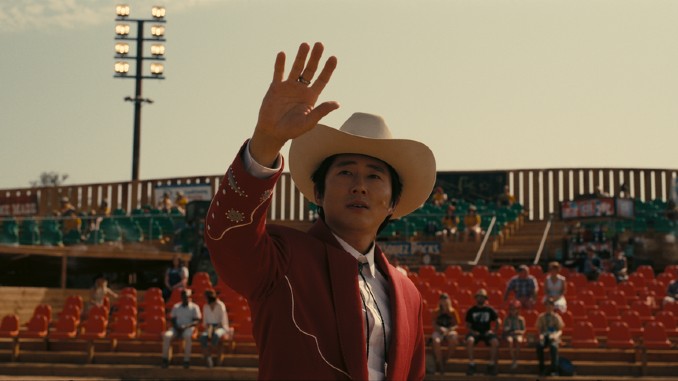Nope‘s Big Ideas, Explained

Jordan Peele’s growth as a filmmaker has been one of the most exciting developments in cinema in the last five years. It’s hard to go up from a debut as strong and clearly articulated as 2017’s Get Out, but Peele’s managed to do it. Rather than digging further into the pointed metaphors that made his first film such a bold statement, however, he’s moved toward unique original stories with smart observations at their core.
Peele’s follow-ups—2019’s Us and his latest, Nope give us representational characters the way Get Out did. Rather, they give us a story and characters informed by larger themes. In Nope especially, the emphasis is on the story, with several big ideas floating around it, not unlike the alien hovering outside the Haywood Hollywood Horses ranch.
In fact, Nope contains so many concepts that it can be a hard movie to wrap your brain around. Typical of Peele, visual symbolism abounds, but here the meaning behind the images isn’t always obvious. Some of the themes complement each other, but they don’t all cohere into a single statement. Nope feels like a collection of things Peele’s had on his mind, joined together by a narrative. All of these ideas are worth considering, but some stand out specifically.
![]()
Here’s a breakdown of some of Nope’s most prominent themes:
-

-

-

-

-

-

-

-

-

-

-

-

-

-

-

-

-

-

-

-

-

-

-

-

-

-

-

-

-

-

-

-

-

-

-

-

-

-

-

-








































